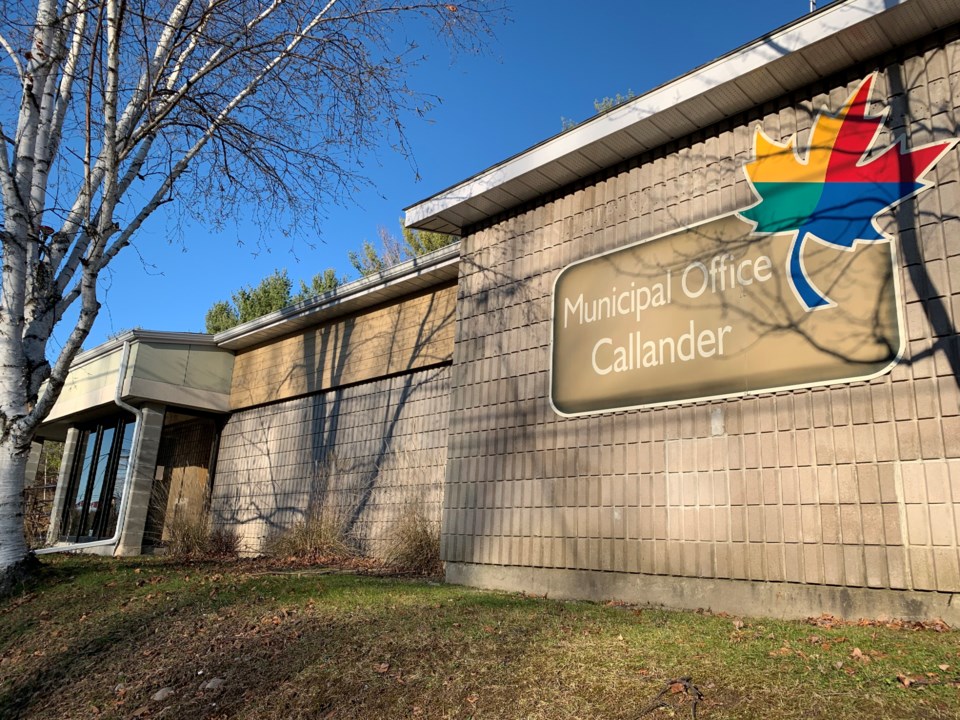The Nipissing Naturalist Club requested access to Callander’s sewage lagoons as the site is a hot spot for migratory birds of many a feather. The club has been viewing birds from this site for over 20 years, noting the number of birds flying through and cataloguing the different species—165 to date. But the club’s request for continued access was denied, so club members might have to power up their binoculars, because the lagoon gate remains closed.
Officially, the club lost access in 2018. At that time, the municipality hired a new manager of operations who shut down access to the sewage lagoons, worried that allowing people within would lead to “a huge insurance and liability issue,” explained Ashley Bilodeau, Callander’s senior municipal director.
During the May 24th council meeting, Rick Tripp, the president of the Nipissing Naturalist Club presented to council requesting the decision to ban them be reconsidered. Dick Tafel chairs the club’s Bird Wing, and he was also there to make the case for continued access.
Both emphasized how they have contacted their insurance company and have liability insurance that should remove any burden from the municipality should anything happen to club members while birding on site.
For Tafel, the lagoon is “a treasure” for birds—and therefore birdwatchers—and the information gathered on migratory birds from this site is very useful to monitor the health of avian populations. He mentioned the Bird Wing’s data is shared with researchers at Nipissing University, and Callander’s lagoons foster a unique diversity of migrating birds. “You can’t ask the birds why the like it,” Tafel said, “but they do.”
He emphasized that the lagoon is “a very safe place, the berms are ten feet wide or more.” The site is “not dangerous or difficult for anyone who goes in,” he added, likening the risk to that of a creek running through a municipality, or the shoreline of a lake.
Councillor Daryl Vaillancourt expressed concerns that if other residents see the group within the lagoons—even though they are fully insured—people might want to follow suit, not understanding the arrangement made between the club and the municipality. It could lead to trespassing by people who think it’s okay to explore the area, and if one of those trespassers were hurt, “that falls directly on us.”
“It’s not a safe place to be,” Vaillancourt concluded. Mayor Robb Noon agreed, “I’m still too worried about the lability issue,” he said. However, Noon expressed a willingness to revisit the issue in the future.
Currently, Bilodeau is working on what can be done. “We’re trying to accommodate” the club’s request, she said. She sent additional information regarding the club’s insurance to a lawyer and is waiting “for confirmation whether it’s still too risky” having people in the lagoons—insured or not.
She mentioned that the town is also looking into building a platform for the club that would be outside of the lagoons, which all members of the public could use. For now, the wait continues, and Tripp hopes “we can continue to work on solutions” to gain access to the site, ideally before the fall, when the birds return to Callander’s lagoon.
David Briggs is a Local Journalism Initiative reporter who works out of BayToday, a publication of Village Media. The Local Journalism Initiative is funded by the Government of Canada.



